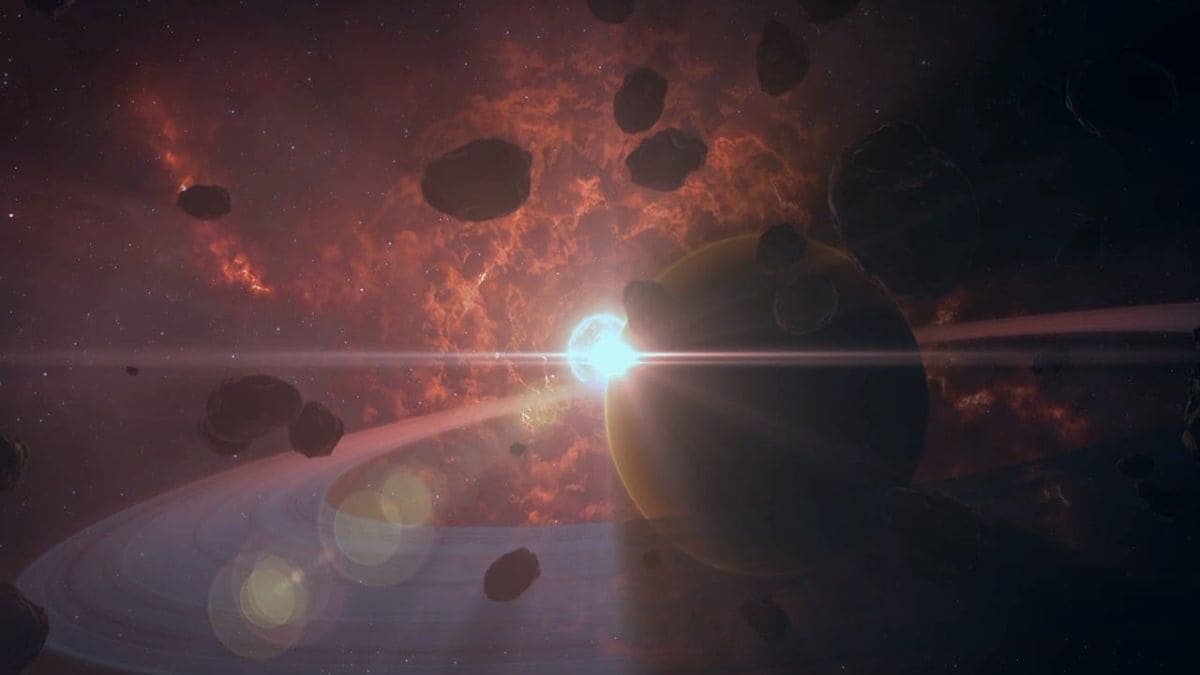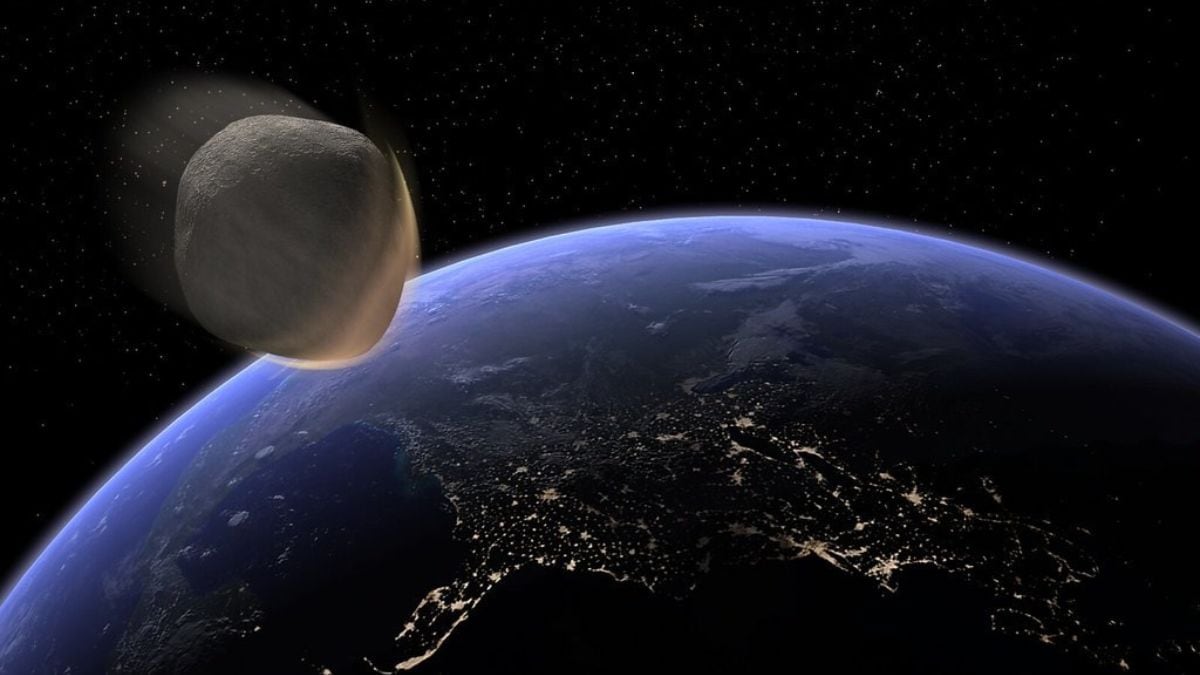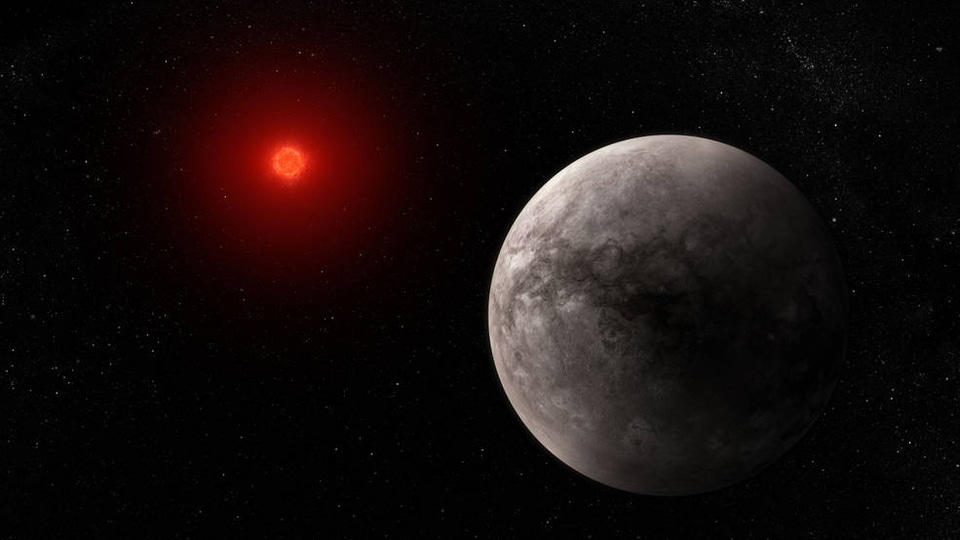James Webb Space Telescope makes sensational discovery on "coolest exoplanet" TRAPPIST-1 c
NASA’s James Webb Space Telescope discovers that TRAPPIST-1 c is likely to have no atmosphere at all or a thin atmosphere.






 View all Images
View all ImagesBack in February 2017, researchers with the help of the Spitzer Space Telescope discovered a large batch of Earth-sized rocky exoplanets. Ever since then, researchers have been trying to study the atmosphere of TRAPPIST-1 c with the help of NASA's Jammes Webb Space Telescope.
Recently, researchers were successfully able to study the atmosphere of the rocky exoplanet and stated that it is the coolest exoplanet with a dayside temperature of about 225 degrees Fahrenheit based on thermal emission. However, researchers at NASA are unsure about its atmosphere due to its very thin layer of carbon dioxide. They believe that if the planet's atmosphere exists at all, it is extremely thin.
The finding represents a significant advancement to understand whether planets orbiting small red dwarf stars like the most common type star TRAPPIST-1 c, can sustain a thick atmosphere that is necessary to support life as we know it.
“We want to know if rocky planets have atmospheres or not,” said Sebastian Zieba, a graduate student at the Max Planck Institute for Astronomy in Germany. “In the past, we could only really study planets with thick, hydrogen-rich atmospheres. With Webb, we can finally start to search for atmospheres dominated by oxygen, nitrogen, and carbon dioxide.” Sebastian Zieba added.
On Webb's finding, it was stated that the TRAPPIST-1 c and Venus possess the same size and receive a similar amount of radiation from its host star as Venus gets from the Sun, therefore, it was believed that it might have some atmospheric properties as venus but no hard evidence was found after researching with MIRI (Webb's Mid-Infrared Instrument).
MIRI's measurement also did not provide any atmospheric information about the nature of TRAPPIST-1 c, “Our results are consistent with the planet being a bare rock with no atmosphere, or the planet having a really thin CO2 atmosphere (thinner than on Earth or even Mars) with no clouds,” said Zieba.
The study took a totally opposite approach as earlier it was believed that TRAPPIST-1 c be a Venus twin with a hot atmosphere planet and thick Carbon dioxide. Instead, it was found that it has barely any atmosphere.
Catch all the Latest Tech News, Mobile News, Laptop News, Gaming news, Wearables News , How To News, also keep up with us on Whatsapp channel,Twitter, Facebook, Google News, and Instagram. For our latest videos, subscribe to our YouTube channel.































